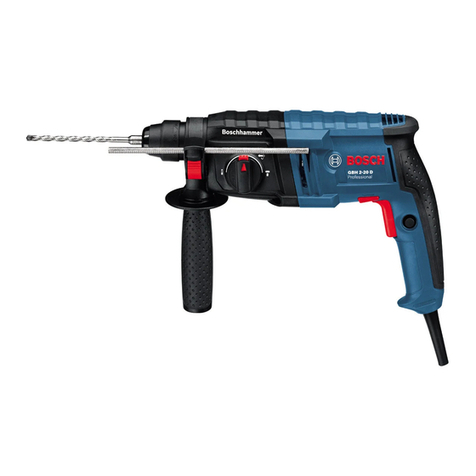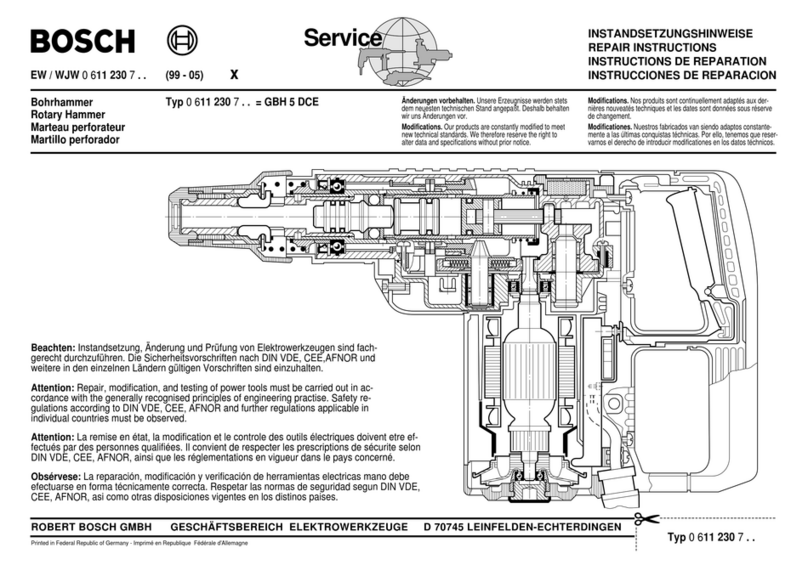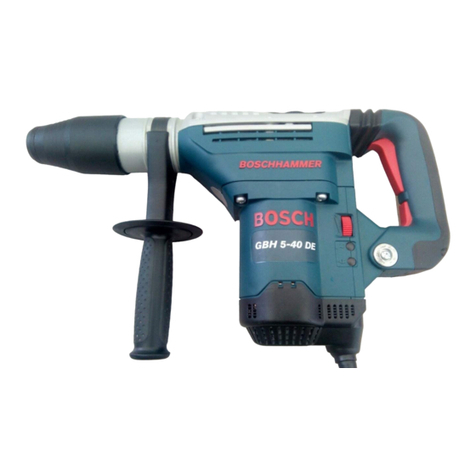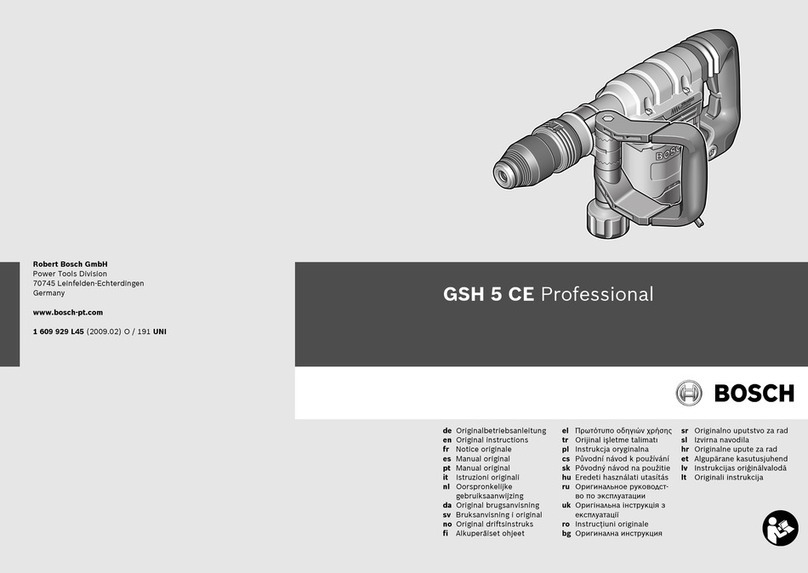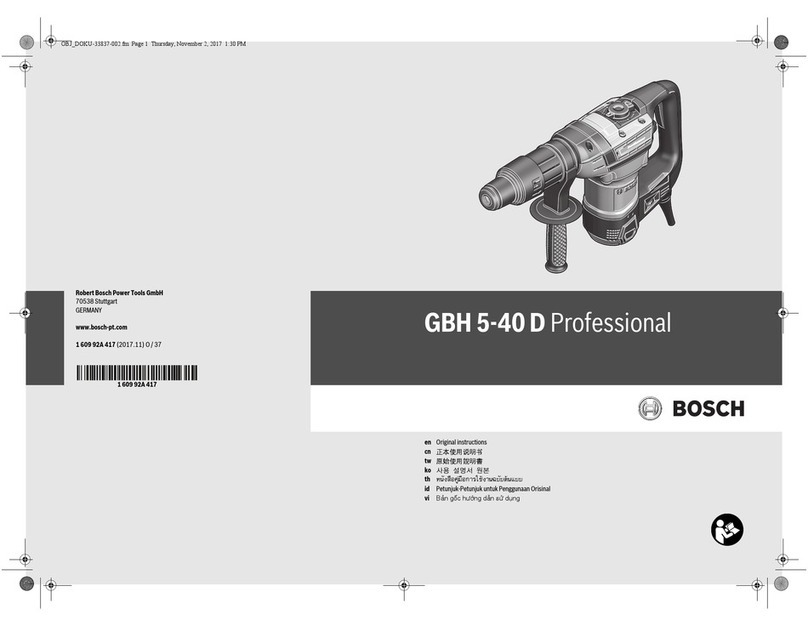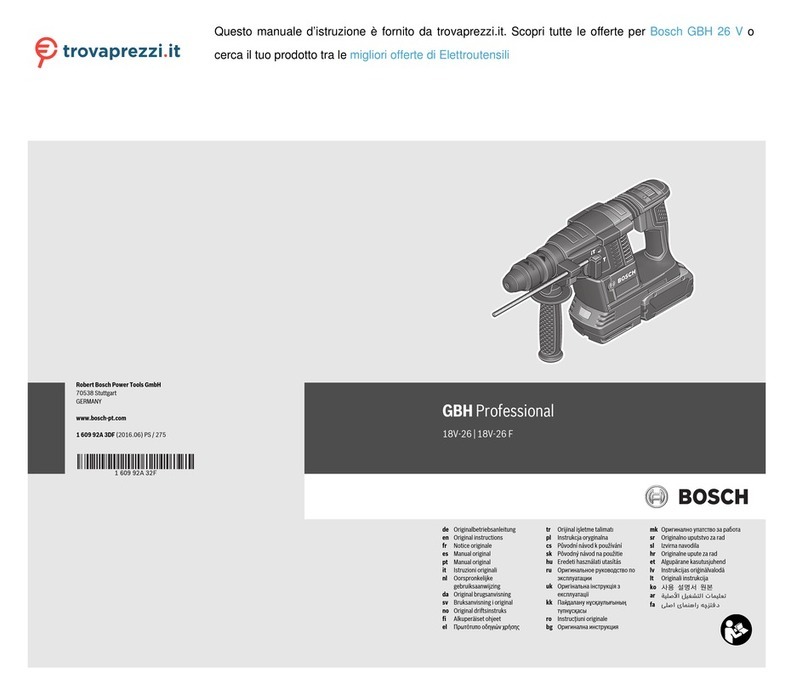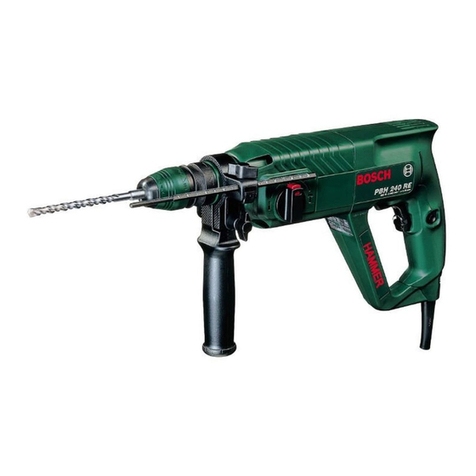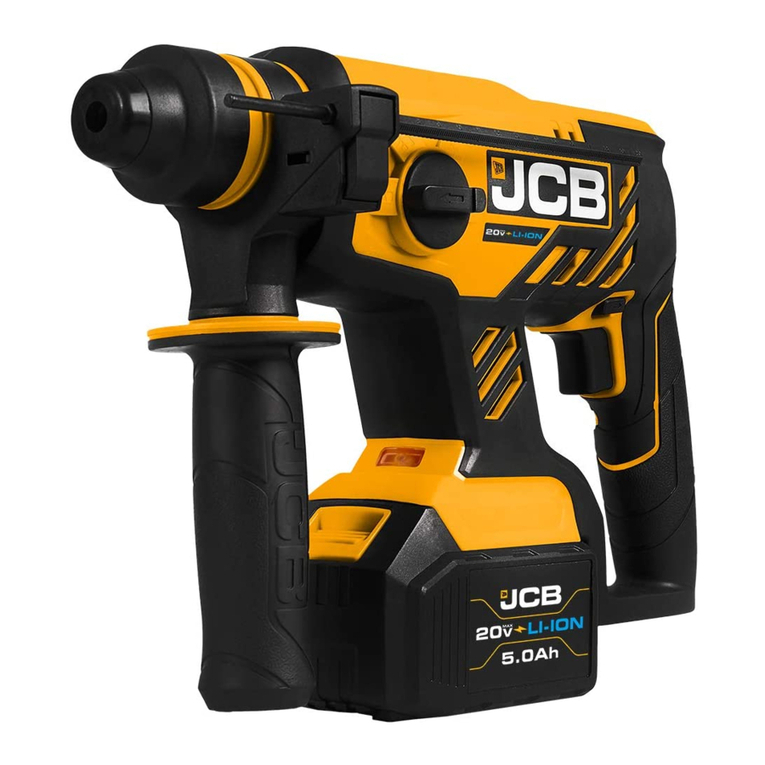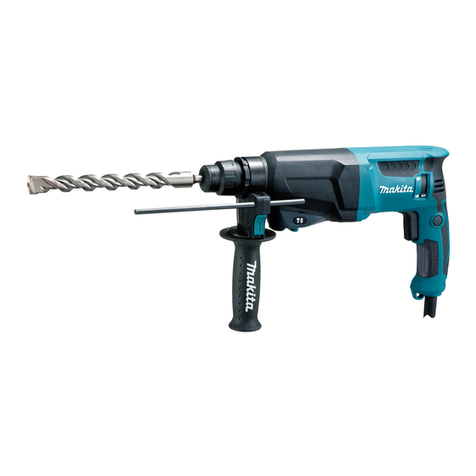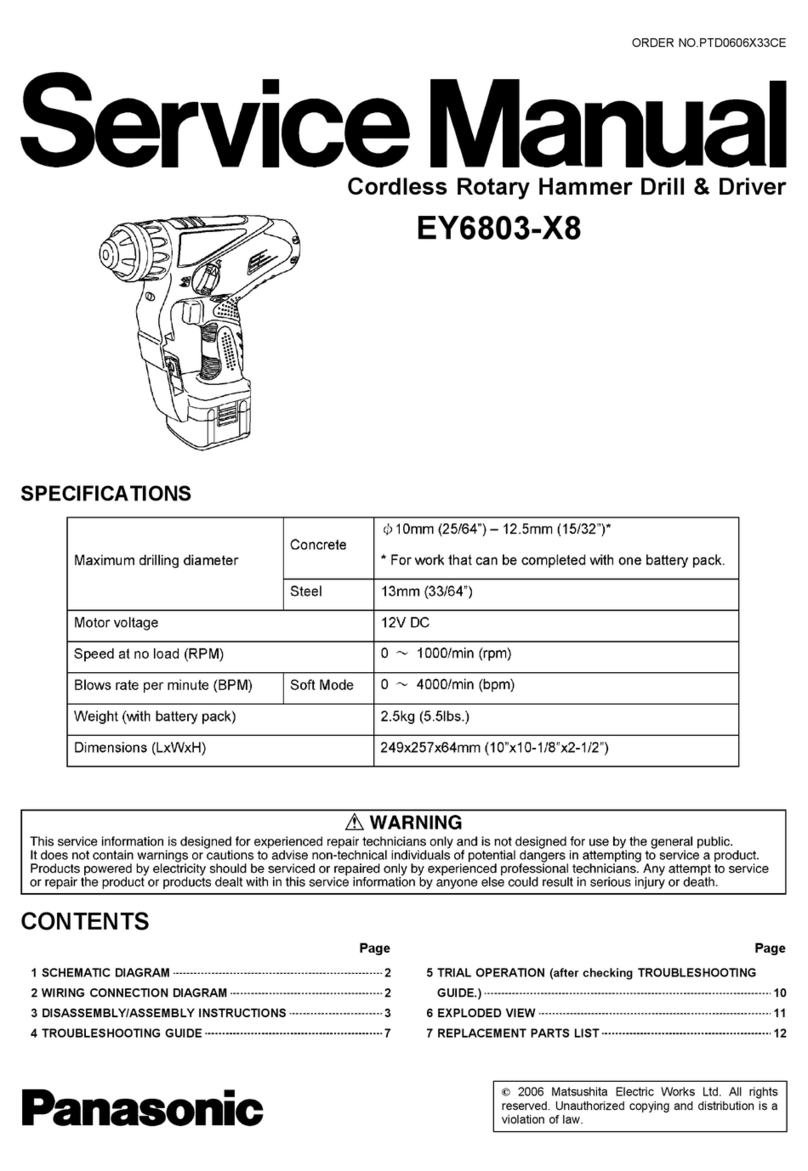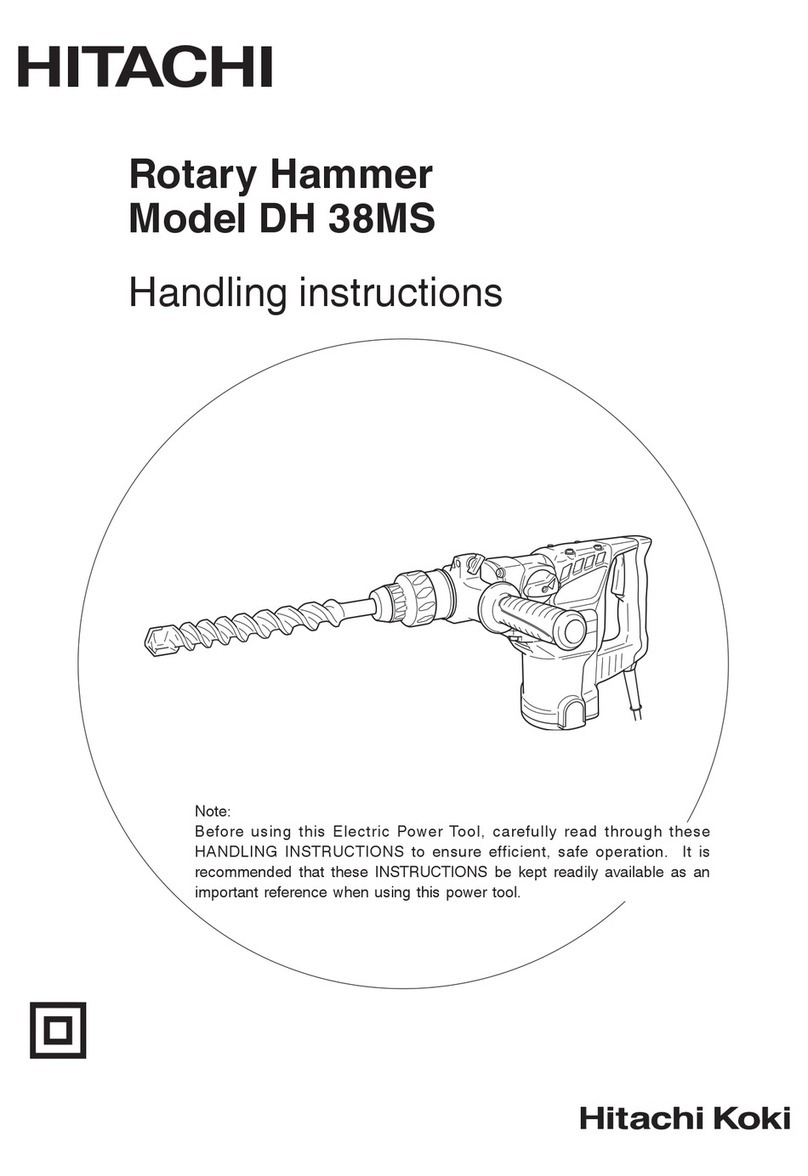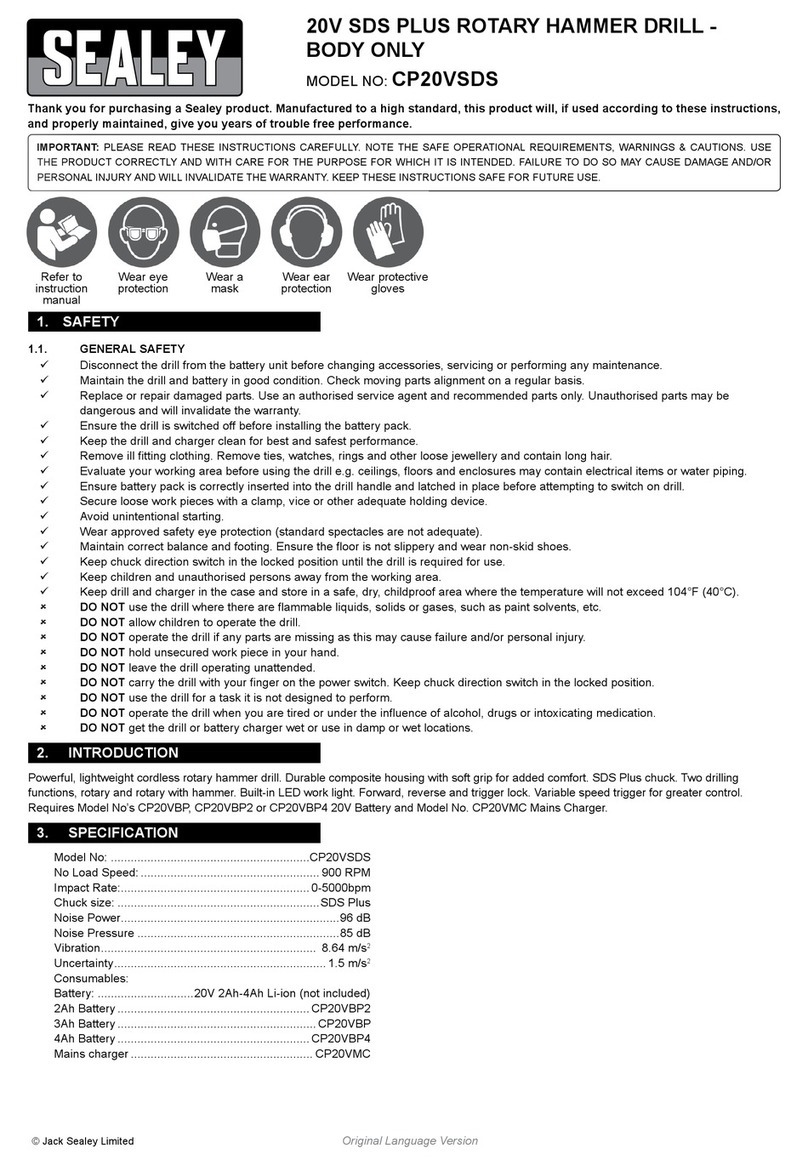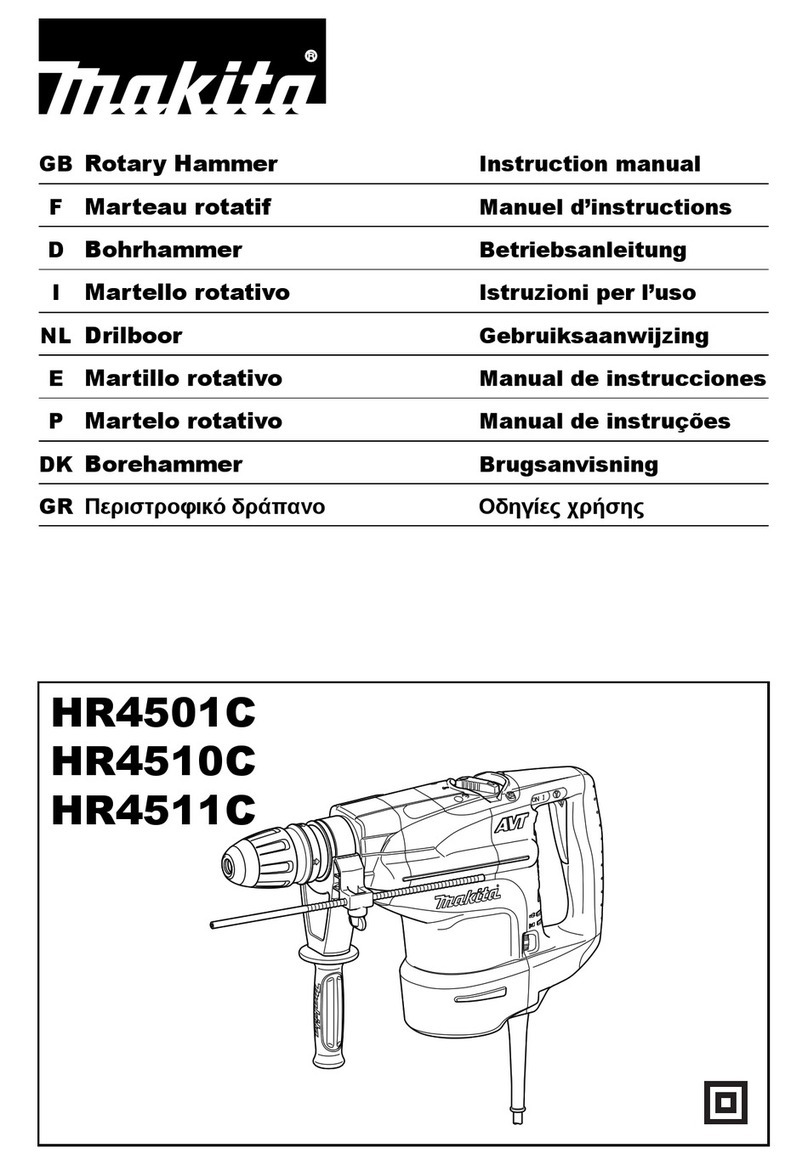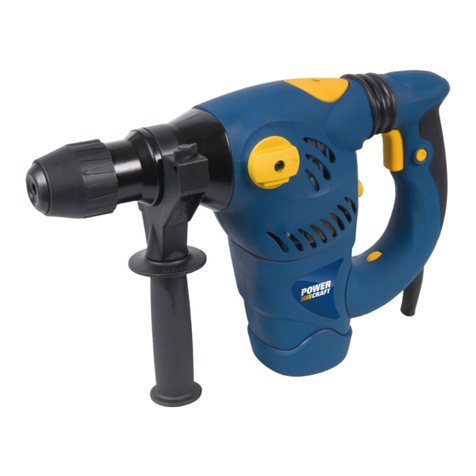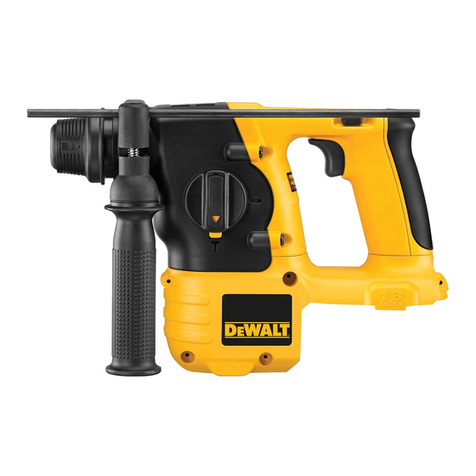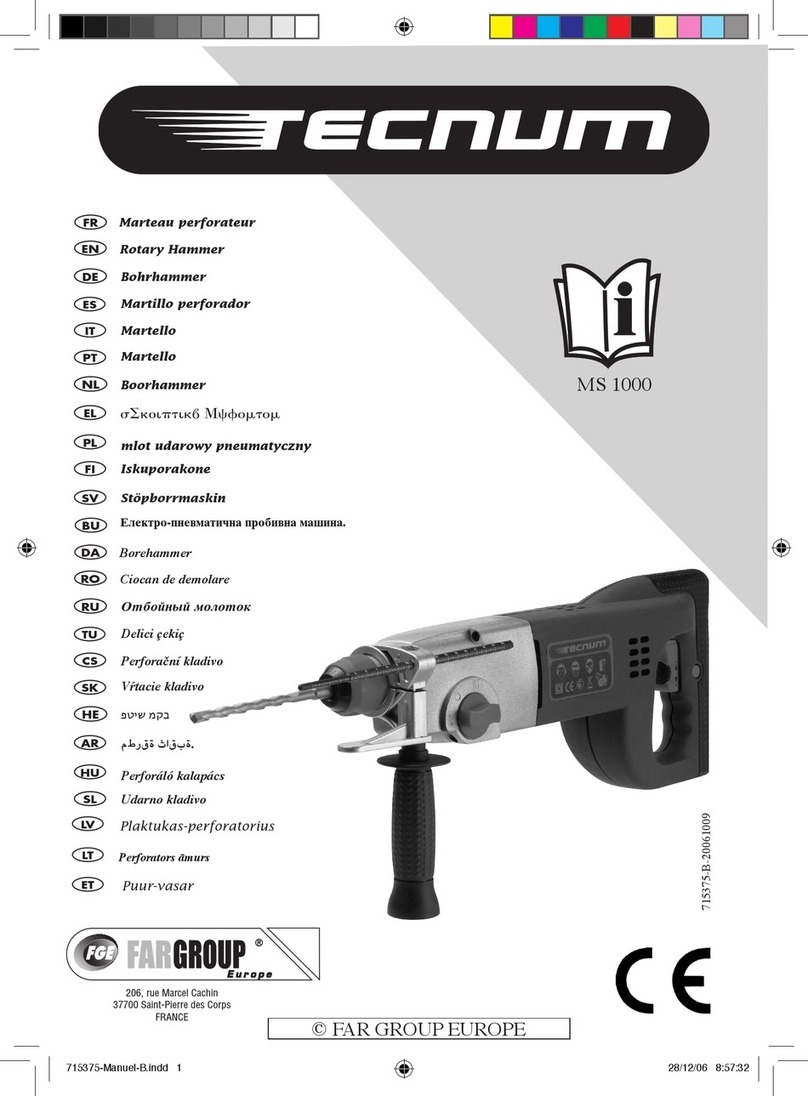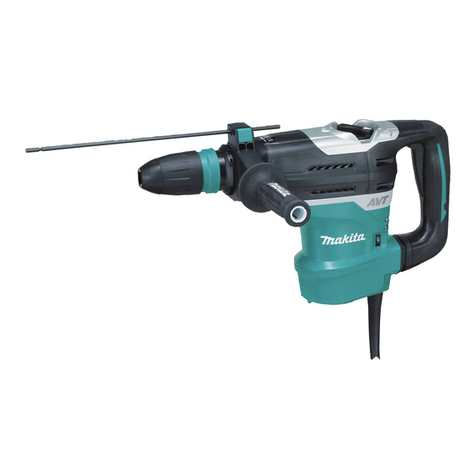
Français | 21
Bosch Power Tools 1 609 92A 2P7 | (6.10.16)
Ne pas exposer les outils à la pluie ou à des conditions
humides. La pénétration d’eau à l’intérieur d’un outil aug-
mentera le risque de choc électrique.
Nepas maltraiterlecordon.Nejamaisutiliserlecordon
pour porter, tirer ou débrancher l’outil. Maintenir le
cordon à l’écart de la chaleur, du lubrifiant, des arêtes
oudespartiesenmouvement.Lescordonsendommagés
ou emmêlés augmentent le risque de choc électrique.
Lorsqu’on utilise un outil à l’extérieur, utiliser un pro-
longateur adapté à l’utilisation extérieure. L’utilisation
d’uncordon adaptéàl’utilisationextérieureréduitlerisque
de choc électrique.
Si l’usage d’un outil dans un emplacement humide est
inévitable, utiliser une alimentation protégée par un
dispositifàcourant différentiel résiduel(RCD).L’usage
d’un RCD réduit le risque de choc électrique.
Sécurité des personnes
Rester vigilant, regarder ce que vous êtes en train de
faire et faire preuve de bon sens dans l’utilisation de
l’outil.Ne pas utiliser unoutil lorsque vous êtesfatigué
ou sous l’emprise de drogues, d’alcool ou de médica-
ments. Un moment d’inattention en cours d’utilisation
d’un outil peut entraîner des blessures graves des per-
sonnes.
Utiliser un équipement de sécurité. Toujours porter
une protection pour les yeux. Les équipements de sécu-
rité tels que les masques contre les poussières, les chaus-
sures de sécurité antidérapantes, les casques ou les pro-
tections acoustiques utilisés pour les conditions
appropriées réduiront les blessures des personnes.
Eviter tout démarrage intempestif. S’assurer que l’in-
terrupteur est en position arrêt avant de brancher l’ou-
til au secteur et/ou au bloc de batteries,de le ramasser
ou de le porter. Porter les outils en ayant le doigt sur l’in-
terrupteuroubrancher des outilsdontl’interrupteurest en
position marche est source d’accidents.
Retirer toute clé de réglage avant de mettre l’outil en
marche. Une clé laissée fixée sur une partie tournante de
l’outil peut donner lieu à des blessures de personnes.
Ne pas se précipiter. Garder une position et un équi-
libre adaptés à tout moment. Cela permet un meilleur
contrôle de l’outil dans des situations inattendues.
S’habiller de manière adaptée. Ne pas porter de vête-
ments amples ou de bijoux. Garder les cheveux, les vê-
tements et les gants à distance des parties en mouve-
ment. Des vêtements amples, des bijoux ou les cheveux
longs peuvent être pris dans des parties en mouvement.
Si des dispositifs sont fournis pour le raccordement
d’équipements pour l’extraction et la récupération des
poussières,s’assurer qu’ils sont connectésetcorrecte-
ment utilisés. Utiliser des collecteurs de poussière peut
réduire les risques dus aux poussières.
Utilisation et entretien de l’outil
Nepasforcer l’outil. Utiliser l’outil adapté àvotreappli-
cation. L’outil adapté réalisera mieux le travail et de ma-
nière plus sûre au régime pour lequel il a été construit.
Ne pas utiliser l’outil si l’interrupteur ne permet pas de
passerdel’étatde marche à arrêt etvice versa. Toutou-
til qui ne peut pas être commandé par l’interrupteur est
dangereux et il faut le faire réparer.
Débrancher la fiche de la source d’alimentation en cou-
rant et/ou le bloc de batteries de l’outil avant tout ré-
glage, changement d’accessoires ou avant de ranger
l’outil. De telles mesures de sécurité préventives ré-
duisent le risque de démarrage accidentel de l’outil.
Conserver les outils à l’arrêt hors de la portée des en-
fants et ne pas permettre à des personnes ne connais-
sant pas l’outil ou les présentes instructions de le faire
fonctionner. Les outils sont dangereux entre les mains
d’utilisateurs novices.
Observer la maintenance de l’outil. Vérifier qu’il n’y a
pas de mauvais alignement ou de blocage des parties
mobiles, des pièces cassées ou toute autre condition
pouvantaffecter lefonctionnementde l’outil.Encas de
dommages, faire réparer l’outil avant de l’utiliser. De
nombreux accidents sont dus à des outils mal entretenus.
Garder affûtés et propres les outils permettant de cou-
per.Des outils destinésàcouper correctement entretenus
avec des pièces coupantes tranchantes sont moins sus-
ceptibles de bloquer et sont plus faciles à contrôler.
Utiliser l’outil, les accessoires et les lames etc., confor-
mément à ces instructions, en tenant compte des
conditionsdetravailetdu travail à réaliser. L’utilisation
del’outilpourdesopérations différentes de celles prévues
pourrait donner lieu à des situations dangereuses.
Utilisationdesoutils fonctionnant sur batteries et précau-
tions d’emploi
Ne recharger qu’avec le chargeur spécifié par le fabri-
cant. Un chargeur qui est adapté à un type de bloc de bat-
teries peut créer un risque de feu lorsqu’il est utilisé avec
un autre type de bloc de batteries.
N’utiliser les outils qu’avec des blocs de batteries spé-
cifiquement désignés. L’utilisation de tout autre bloc de
batteries peut créer un risque de blessure et de feu.
Lorsqu’un bloc de batteries n’est pas utilisé, le mainte-
niràl’écartdetout autre objet métallique, par exemple
trombones, pièces de monnaie, clés, clous, vis ou
autres objets de petite taille qui peuvent donner lieu à
une connexion d’une borne à une autre. Le court-circui-
tage des bornes d’une batterie entre elles peut causer des
brûlures ou un feu.
Dans de mauvaises conditions, du liquide peut être
éjecté de la batterie ; éviter tout contact. En cas de
contact accidentel, nettoyer à l’eau. Si le liquide entre
en contact avec les yeux, rechercher en plus une aide
médicale. Le liquide éjecté des batteries peut causer des
irritations ou des brûlures.
Maintenance et entretien
Faire entretenir l’outil par un réparateur qualifié utili-
sant uniquement des pièces de rechange identiques.
Cela assurera que la sécurité de l’outil est maintenue.
OBJ_BUCH-518-009.book Page 21 Thursday, October 6, 2016 12:58 PM





















